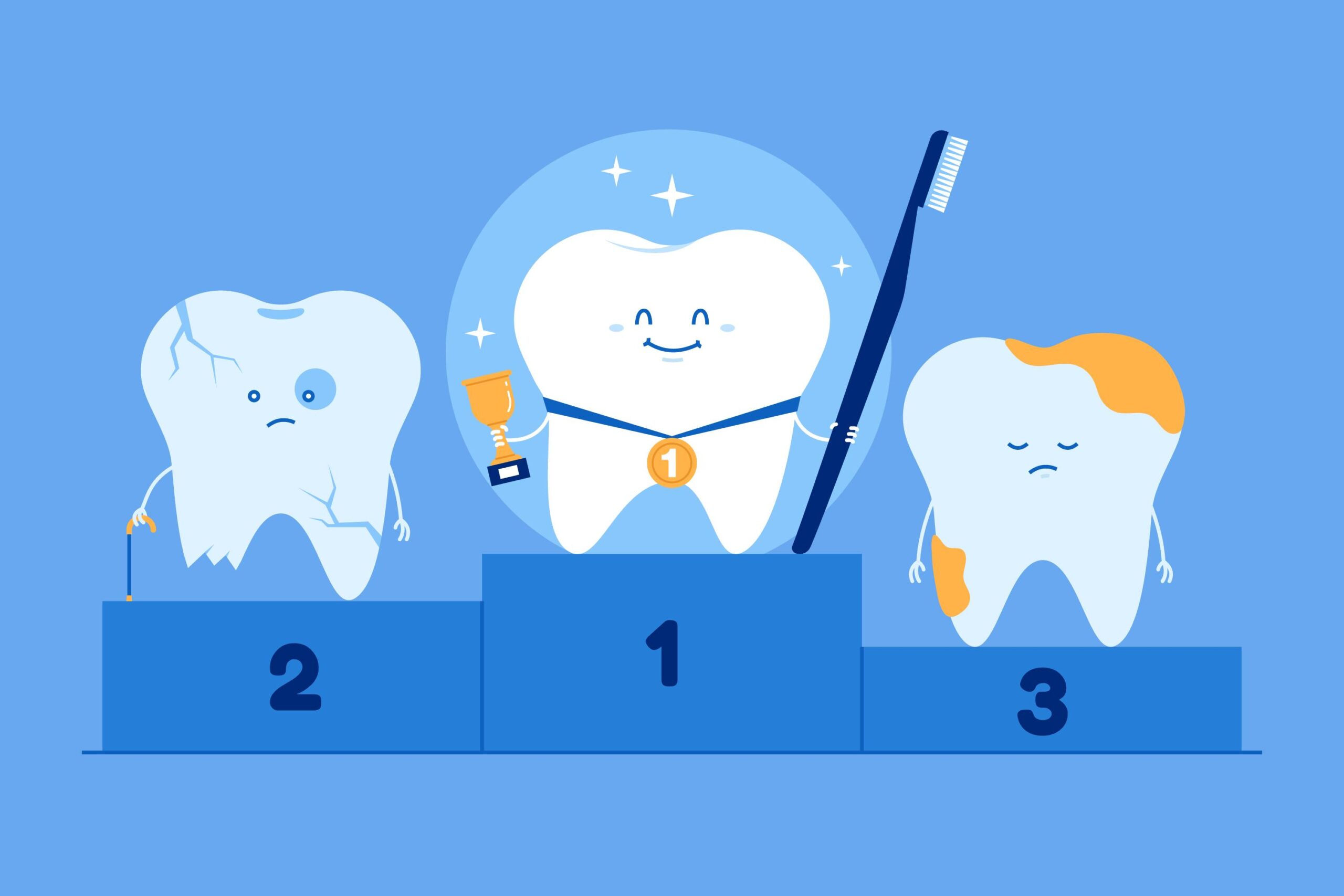According to the Centers for Disease Control and Prevention, as many as 1 in 68 children in the United Sates have autism spectrum disorder (ASD).
Researchers have shown that autism may be caused by a complex reaction between environmental factors and genetics. Separating these causative factors has been particularly challenging. A new study by Manish Arora, Ph.D., a dentist and environmental scientist at the Icahn School of Medicine at Mount Sinai in New York, has shown a way to isolate genetics from environmental factors, using baby teeth of ASD children. This was published in the journal Nature Communications.
Previous studies that have investigated the relationship between toxic metals, essential nutrients, and the risk of having ASD; but these studies showed only metal concentrations in the blood stream after ASD has developed. Information as to the level of toxic metal before ASD was diagnosed was left to guesswork. This study reasoned that if pre-ASD toxic levels can be determined, then environmental exposure toxic metals may be statistically separated from genetic factors.
The method used in this new study, however, manages to bypass many of these limitations. By looking at naturally shed baby teeth, the researchers explain, they have access to information that goes as far back as a baby’s prenatal life. And by studying twins, Dr. Arora and colleagues were able to separate genetic influences from environmental ones.
To determine how much metal the babies’ bodies contained before and after birth, the researchers used lasers to analyze the growth rings on the dentine (root structure) of the baby teeth. Much like looking at the age of a tree by examining the rings on its trunk, scientists can determine the amount of lead in dentine layers during different stages of development of the tooth bud. By this means, the scientists were able to ascertain the level of exposure to lead at different stages of fetal development prior to birth.
Laser technology allowed the scientists to accurately extract specific layers of dentine, which is the substance that lies beneath the tooth enamel.
Cindy Lawler, Ph.D., head of the National Institute of Environmental Health Sciences (NIEHS) Genes, Environment, and Health Branch, explains the importance of using this scientific method for studying autism:
“We think autism begins very early, most likely in the womb, and research suggests that our environment can increase a child’s risk. But by the time children are diagnosed at age 3 or 4, it’s hard to go back and know what the moms were exposed to. With baby teeth, we can actually do that.”
To isolate genetic factors causing ASD, the scientists recruited 32 pairs of twins. The scientists were able to compare the twin that developed ASD to the twin that has not. The study showed that the difference between the ASD twin and the normal twin was only the level of lead in the blood stream. Hence the conclusion is that heavy metals, or the body’s ability to process them, may affect ASD and that children with ASD had much higher levels of lead throughout their development.
Finally, manganese and zinc were found to correlate with ASD as well. Children with ASD seemed to have less manganese and less zinc than children without, both pre- and postnatally.
Overall, the study suggests that either prenatal exposure to heavy metals, or the body’s ability to process them, may influence the chances of developing autism.
Dr. Arora called the method “a window into our fetal life.” More extensive studies based on using baby teeth to look through this window are recommended by Dr. Arora.
Dr. Arora‘s study represents one of the numerous ways dental science impacts medical research. Dentists are working side by side with physicians and scientists to generate solutions to health problems.











